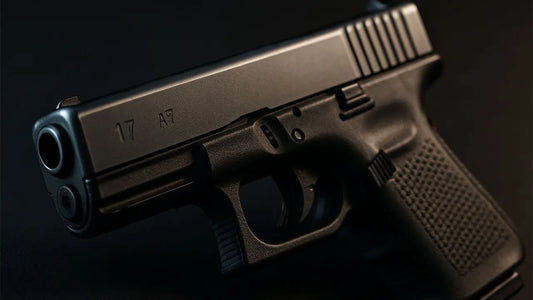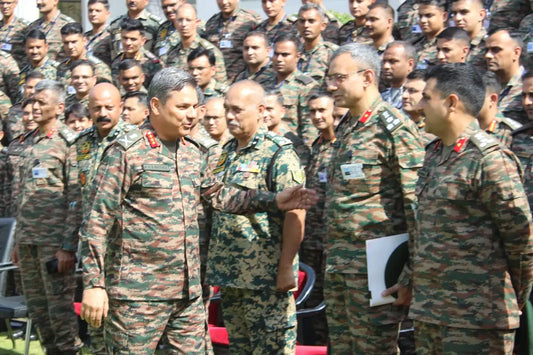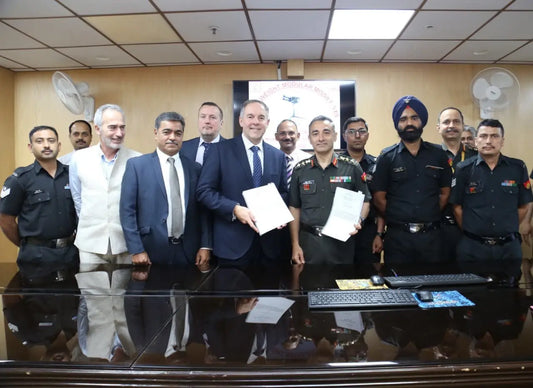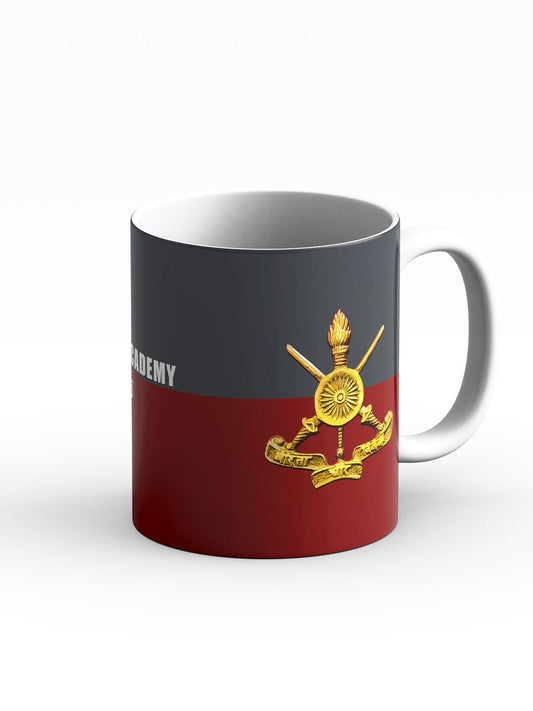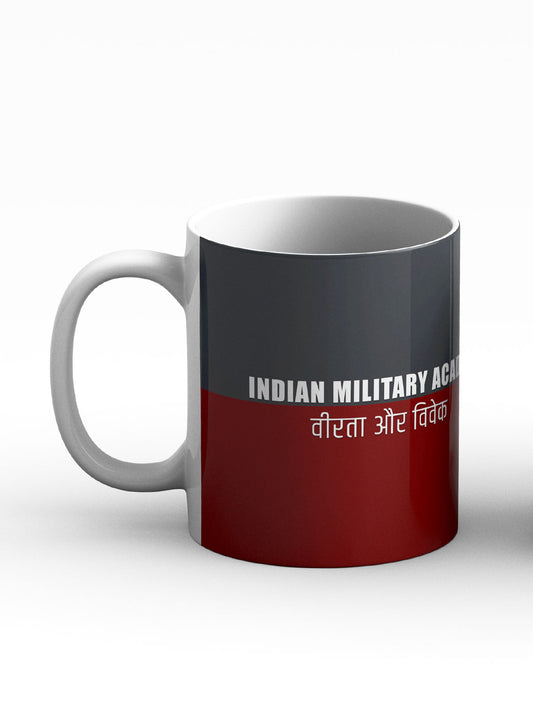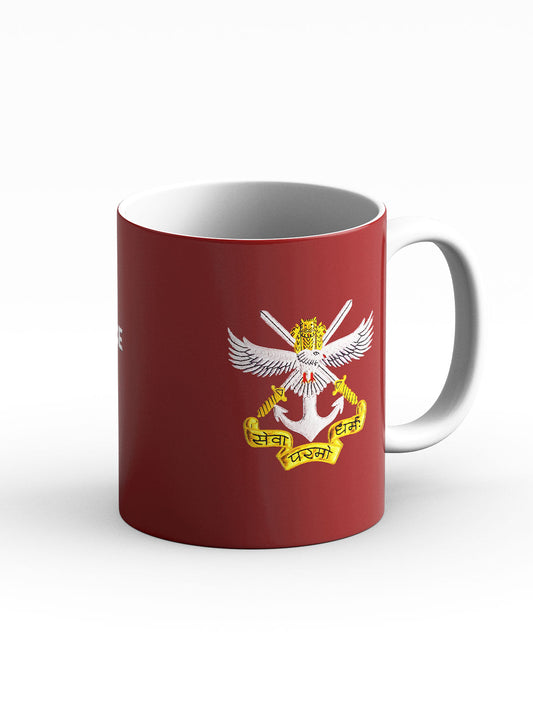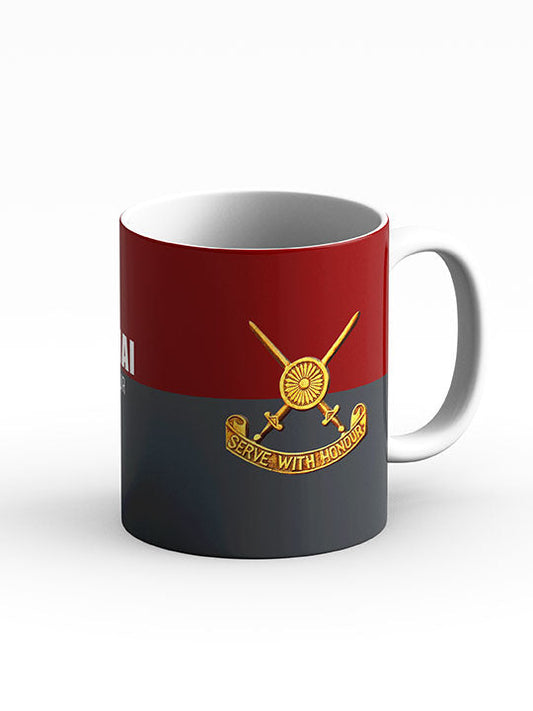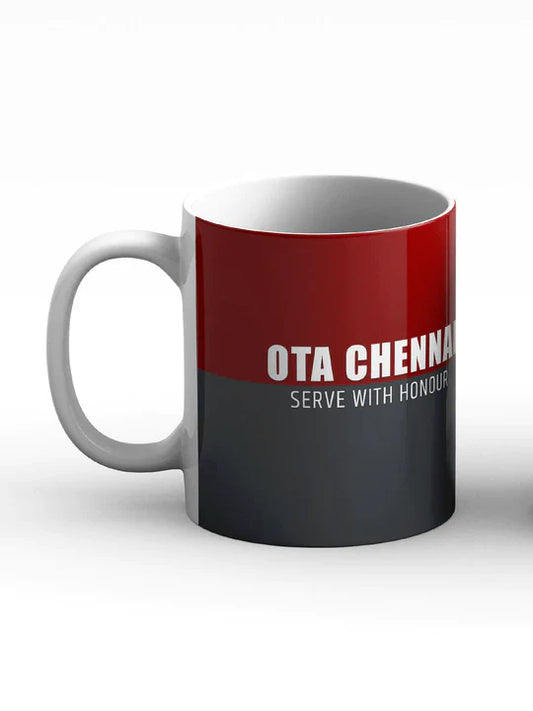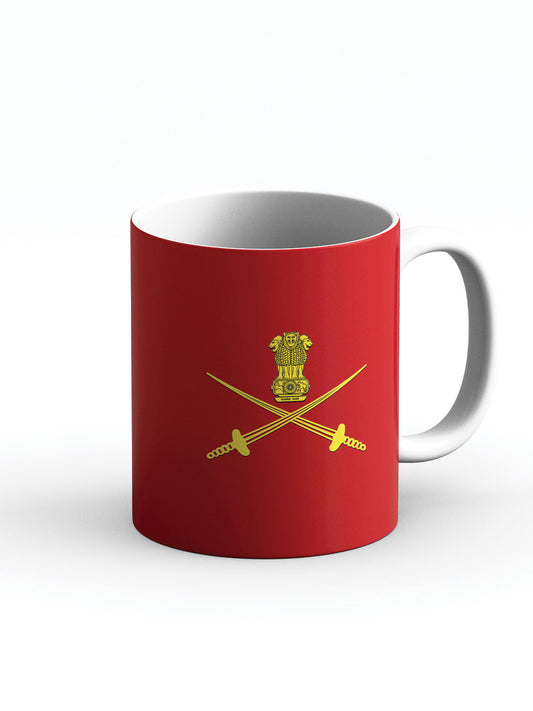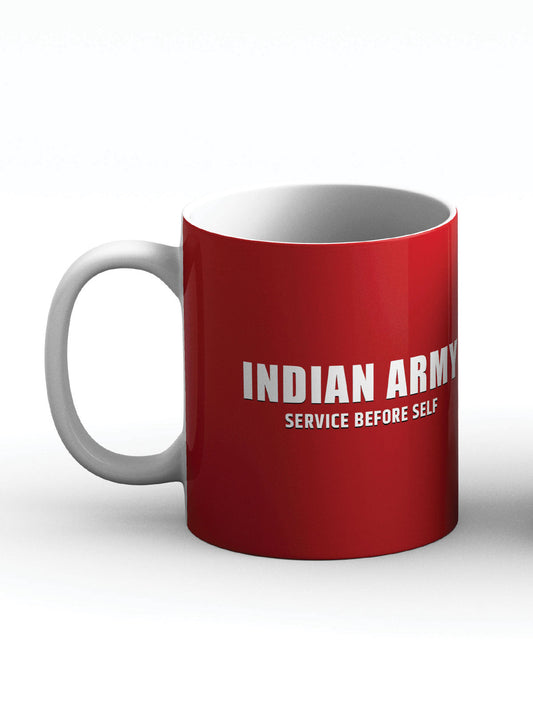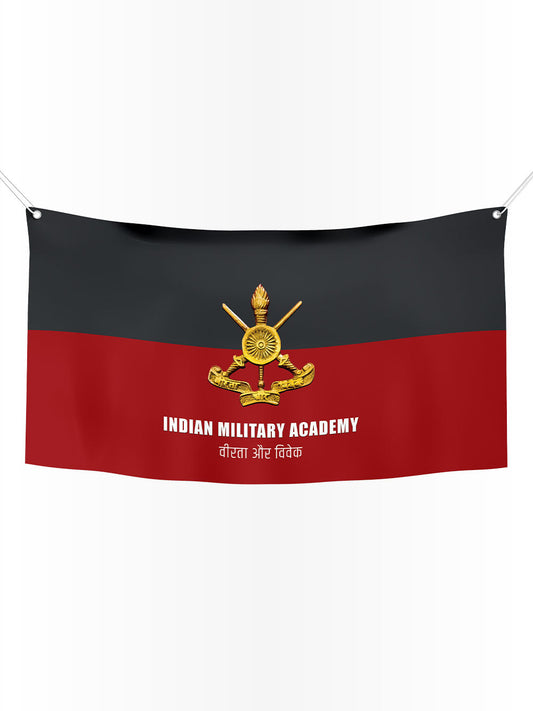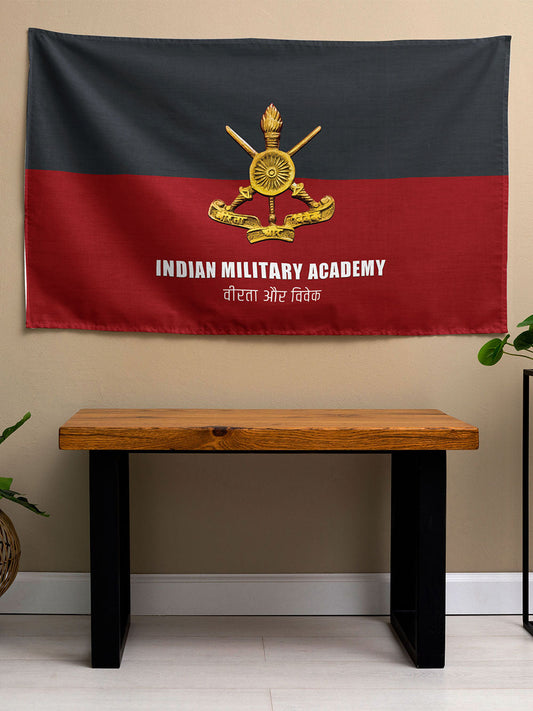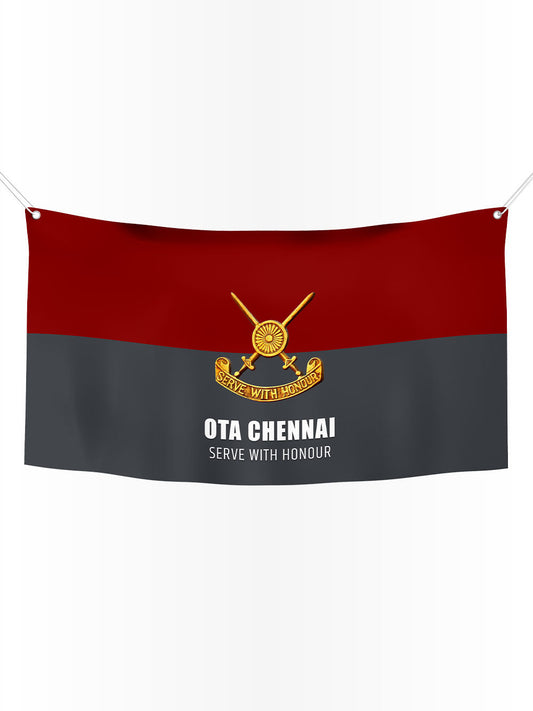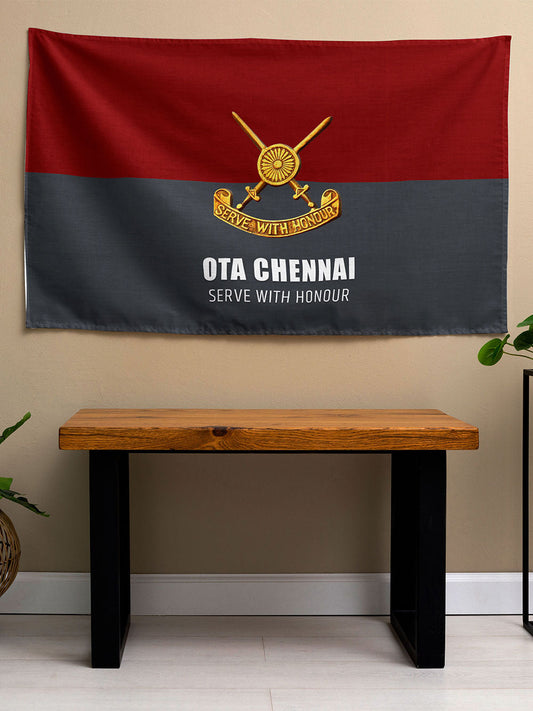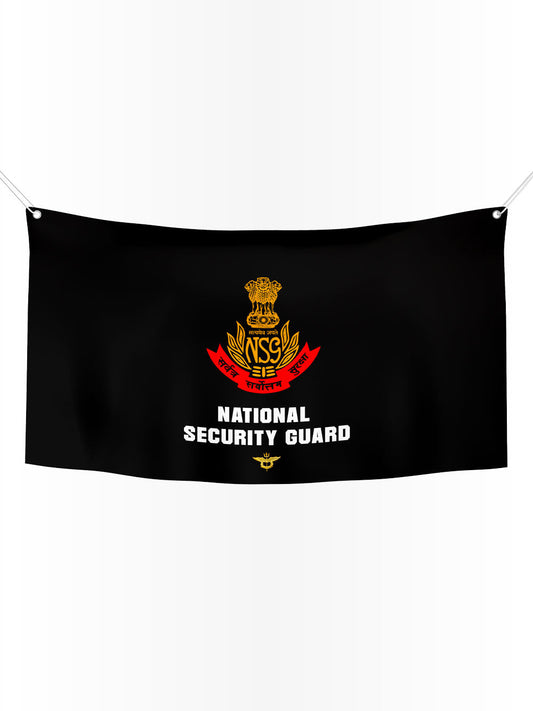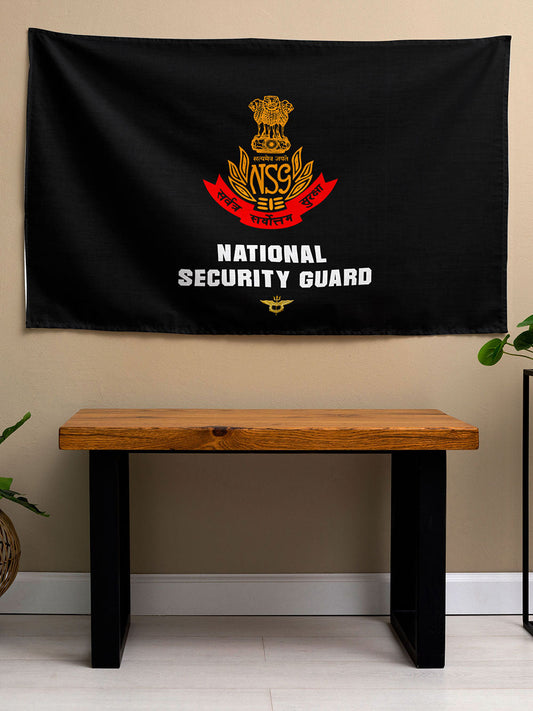Current Pistols Used by Indian Armed Forces: An In-Depth Look at Key Models
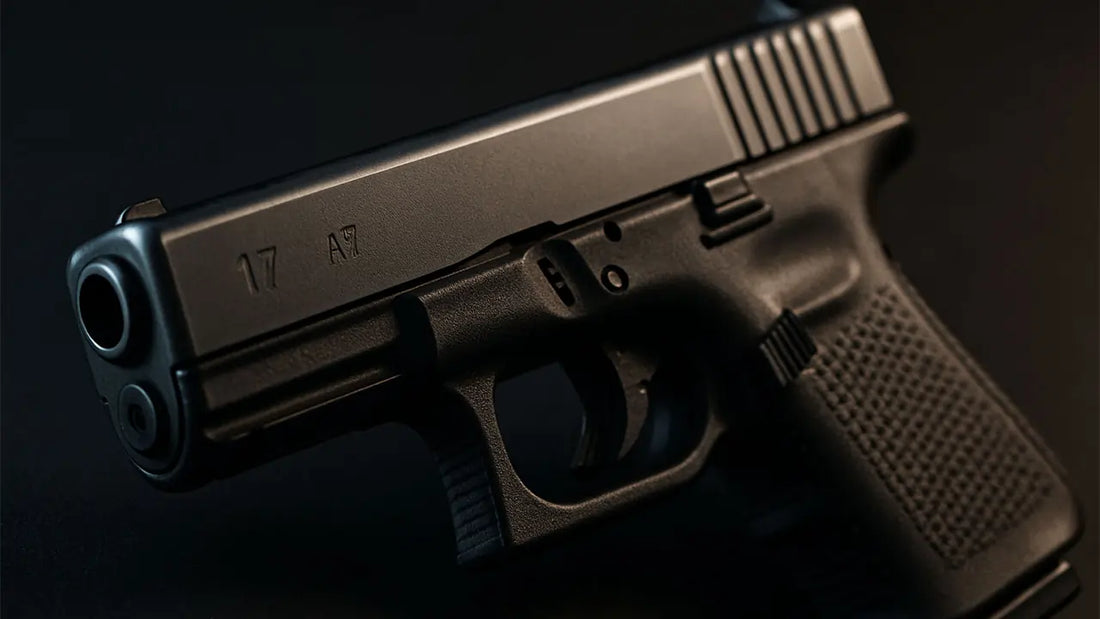
The Indian Armed Forces boast one of the world's largest militaries, encompassing over 1.4 million active personnel within the Army, Navy, and Air Force. Among their arsenal, pistols play a vital role, serving as secondary weapons for officers, vehicle crews, and special operations units. As of 2025, the forces utilize a mix of legacy systems, imported firearms, and newly developed indigenous models to address various operational needs ranging from border patrols in challenging terrains to urban counter-terrorism. This transition is in line with India's Atmanirbhar Bharat initiative, which aims to promote local manufacturing, reduce foreign dependency, and ensure compatibility with NATO-standard ammunition like the 9×19mm Parabellum.
India's history of pistol procurement traces back to British colonial influences, evolving through licensed productions in the post-independence era. The Ordnance Factory Board, now reorganized under Advanced Weapons and Equipment India Limited, has played a significant role in producing sidearms, supplemented by imports from Europe and Israel. Recent showcases, such as the International Police Expo 2025, have highlighted indigenous innovations like pistols with red-dot sights, though uptake varies. Special forces units, including Para SF, MARCOS, and Garuds, often receive priority for advanced models due to their high-risk missions. While there are no significant controversies surrounding pistol usage, discussions on cost-effectiveness and performance in extreme conditions persist, with insights provided by military forums and defense analyses.
An in-depth examination of eight prominent pistols currently in use, selected based on prevalence, strategic importance, and recent inductions, is presented below. These selections are drawn from reliable sources, including Wikipedia entries and defense publications, ensuring factual accuracy.
Comparative Specifications Table
| Pistol Name | Origin | Caliber | Magazine Capacity | Effective Range | Weight (Unloaded) | Key Features | Primary Users in Indian Forces |
|---|---|---|---|---|---|---|---|
| Pistol Auto 9mm 1A | India (licensed from Canada/Belgium) | 9×19mm Parabellum | 13 rounds | 50 m | ~970 g | Short recoil, hammer-fired, suppressor-compatible | Standard across Army, Navy, Air Force |
| Glock 17 | Austria | 9×19mm Parabellum | 17 rounds (standard) | 50 m | 625 g | Polymer frame, striker-fired, high reliability | Para SF, MARCOS, NSG |
| Beretta 92 | Italy | 9×19mm Parabellum | 15 rounds (standard) | 50 m | 970 g | Short recoil, double-action trigger | MARCOS, select police units |
| SIG Sauer P226 | Switzerland/Germany | 9×19mm Parabellum | 15 rounds (standard) | 50 m | ~965 g | Double/single action, decocker | Certain Army units (reported) |
| IWI Masada | Israel (manufactured in India) | 9×19mm Parabellum | 17+1 rounds | 50 m | 650 g | Striker-fired, modular grips, Picatinny rail | Indian Navy |
| ASMI Machine Pistol | India | 9×19mm Parabellum | 33 rounds (Glock-compatible) | 100 m | 1.7–2 kg | Blowback action, folding stock, 3D-printed parts | Para SF, Northern Command |
| Brugger & Thomet MP9 | Switzerland | 9×19mm Parabellum | 15–30 rounds | 100 m | 1.4 kg | Selective fire, integrated suppressor option | Special forces, Ghatak platoons |
| FN Five-seven | Belgium | 5.7×28mm | 20 rounds (standard) | 50 m | 610 g | Delayed blowback, armor-piercing capability | SPG, select military wings |
Top Pistols Used By Indian Armed Forces
Pistol Auto 9mm 1A: The Workhorse Sidearm
Since 1981, the Rifle Factory Ishapore has been manufacturing the Pistol Auto 9mm 1A, a faithful reproduction of the iconic Browning Hi-Power. With a 13-round magazine and a muzzle velocity of 396 m/s, it operates on short recoil and is effective within 50 meters. Its hammer-fired mechanism ensures precise shooting, and it is compatible with suppressors for covert operations. This sidearm is widely used as the primary weapon for regular troops, with over 650,000 units produced by 2014. Its longevity is attributed to its low maintenance requirements, although modernization efforts aim to introduce lighter alternatives.
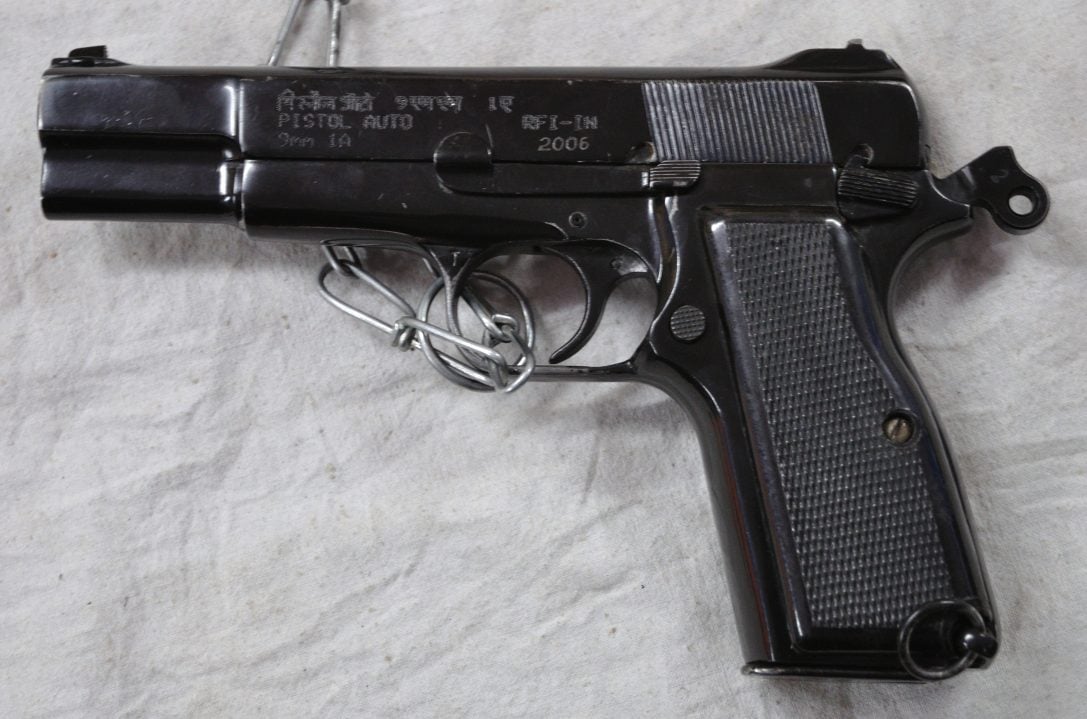
Glock 17: The Reliable Polymer Powerhouse
The Glock 17, introduced to Indian special forces in the early 2000s, features a 17-round magazine, 114mm barrel, and weighs only 625g unloaded. Its striker-fired action and Safe Action safeties minimize malfunctions, even in challenging conditions. Used by elite units such as Para SF and MARCOS, it is renowned for its accuracy and ease of use. Variants like the Glock 19 (compact) and 26 (subcompact) enhance its versatility, with shared parts easing logistical challenges. Its adoption is part of a global trend favoring polymer firearms.
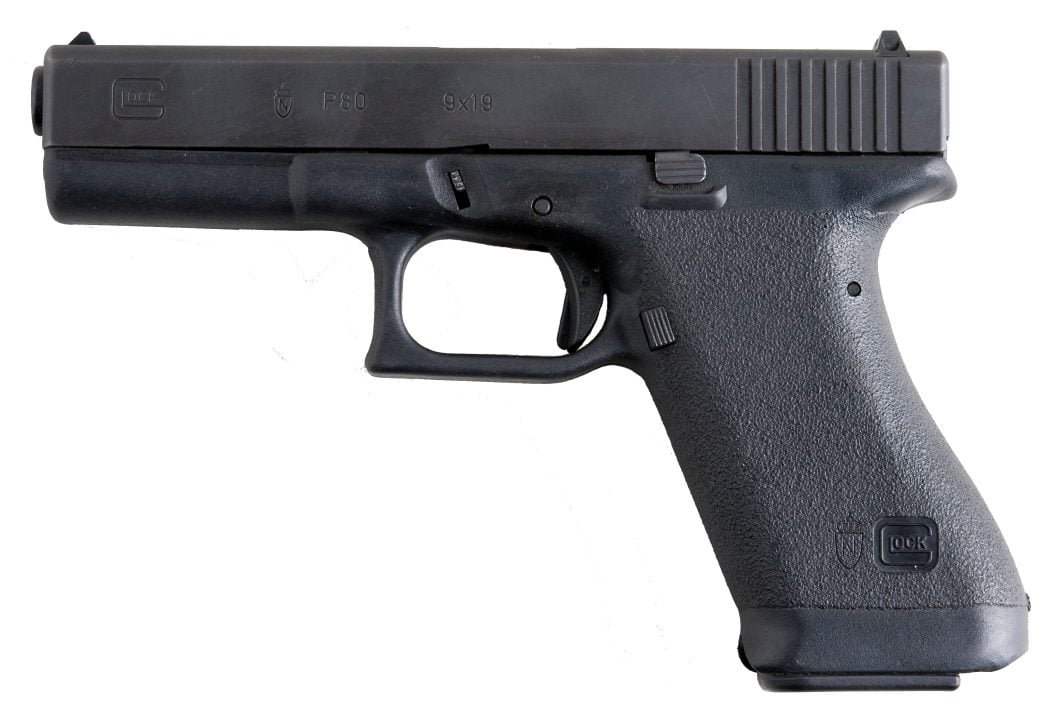
Beretta 92: Precision from Italy
The Beretta 92S, equipped with a 125mm barrel and 15-round capacity, utilizes a short recoil system for smooth operation. In Indian service since the 1990s, it is primarily used by MARCOS due to its ergonomic design and muzzle velocity of 381 m/s. The double-action trigger allows for safe carry, and its alloy frame balances durability and weight. Although not as widespread as indigenous alternatives, it serves specific roles in maritime and commando operations.
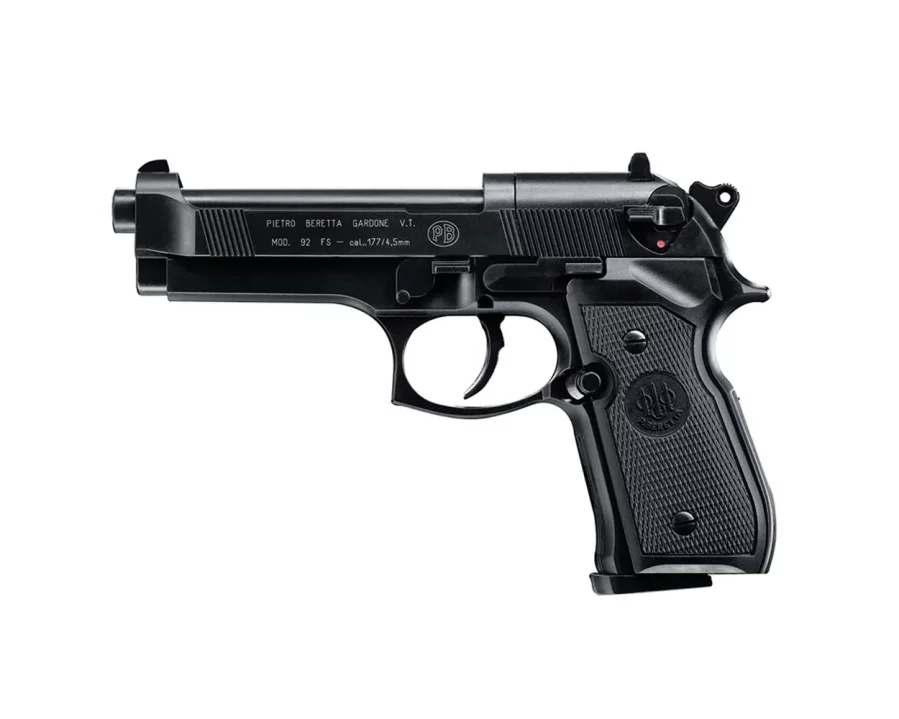
SIG Sauer P226: Versatile Double-Action Option
The SIG Sauer P226, chambered in 9mm with a 15-round magazine, features a decocker for safe handling and is reportedly used by some Army units. Its aluminum frame and short recoil action provide stability, with an effective range of 50 meters. Despite not being universally listed in official inventories, media and video sources confirm its presence in training and operations, underscoring its reputation for accuracy.
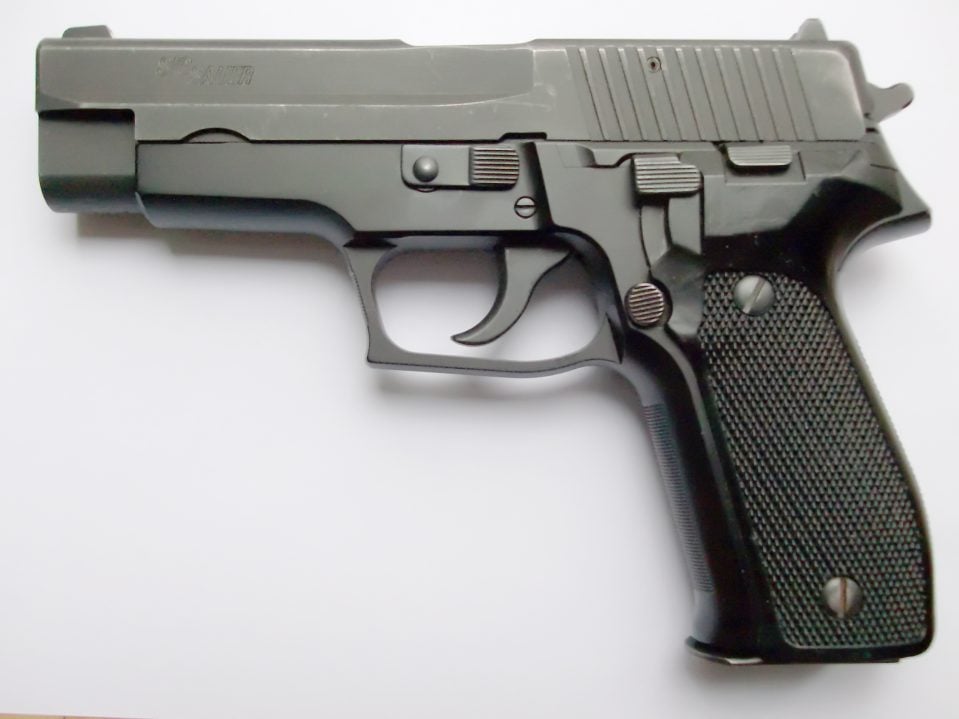
IWI Masada: Modern Modular Import
The IWI Masada, produced locally under license since 2021, weighs 650g with a 104mm barrel and a 17+1 round capacity. Its striker-fired mechanism and tritium sights enhance performance in low-light conditions. Ordered for the Navy with an initial batch of 500 units, it supports India's private sector defense growth through PLR Systems. The modular design allows for grip customization, making it suitable for varied users.
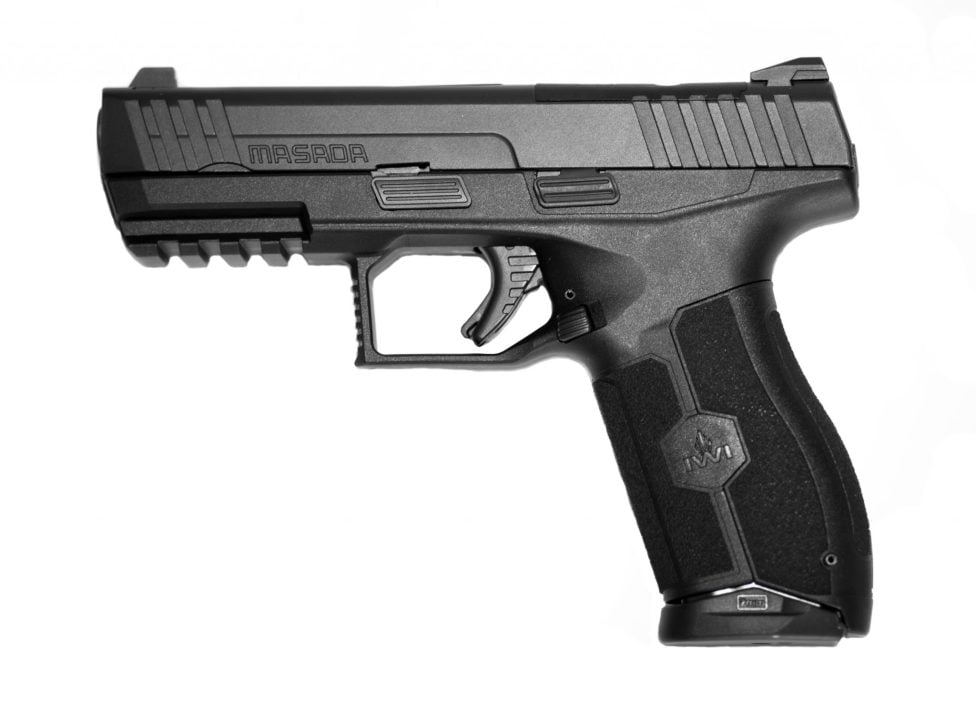
ASMI Machine Pistol: Indigenous Innovation
The ASMI, developed by DRDO in 2020 and inducted in 2024, utilizes Glock magazines for 33 rounds and features a 600 rpm rate. Its blowback action and folding stock make it suitable for close-quarters combat, with a range of 100 meters. Produced by Lokesh Machines, 550 units were delivered to Para SF by October 2024, emphasizing cost savings (₹50,000 per unit) and self-reliance.
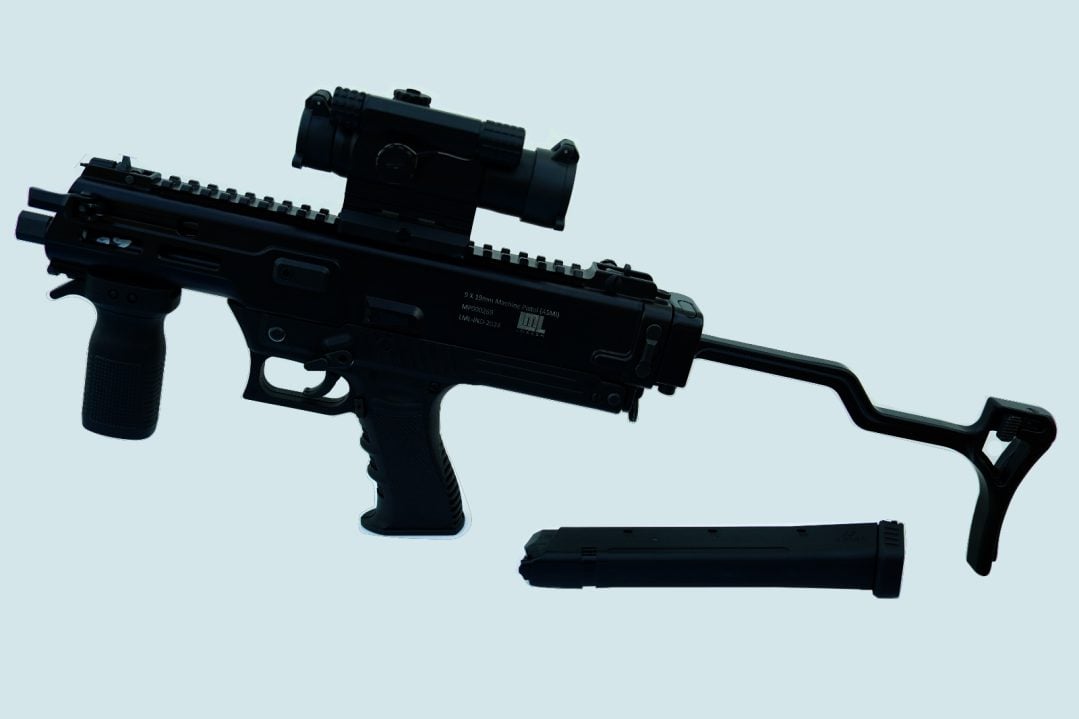
Brugger & Thomet MP9: Compact Firepower
The Swiss-manufactured Brugger & Thomet MP9, weighing 1.4kg and accommodating up to 30 rounds, offers selective fire for flexibility in special operations. Equipped with Picatinny rails, it is used by Ghatak platoons and commandos for its suppressible design and 900 rpm capability. Its adoption emphasizes India's focus on high-mobility weapons.
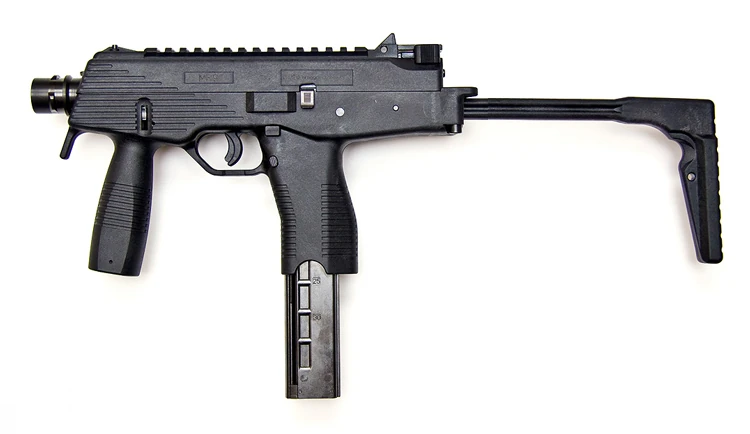
FN Five-seven: Armor-Piercing Specialist
The FN Five-seven, unique with its 5.7×28mm ammunition, weighs 610g and accommodates 20 rounds, capable of penetrating body armor at 50 meters. In Indian service since 2008, it is utilized by the SPG for VIP protection, capitalizing on its low recoil and high velocity (up to 762 m/s). Its polymer construction aids in concealment, making it a premium choice for elite security operations.
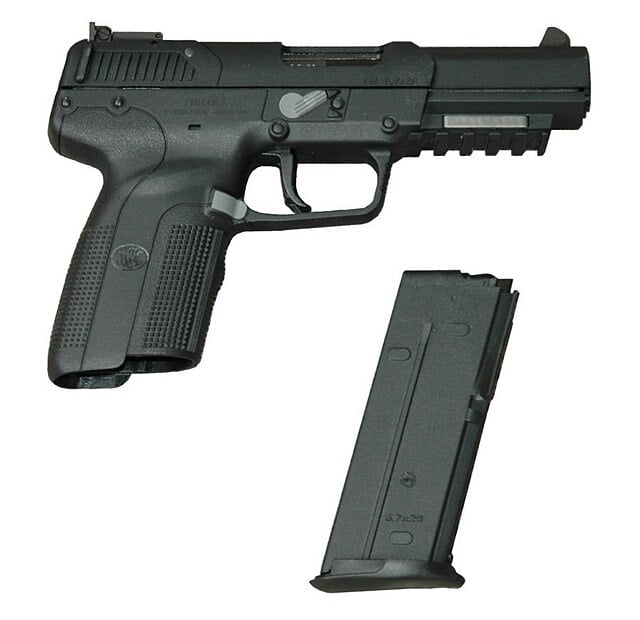
In summary, these pistols reflect the Indian Armed Forces' adaptive strategy, balancing tradition with innovation. Future trends may see more indigenous models like the Phantom pistol, showcased in 2025, entering service amid ongoing procurements.
